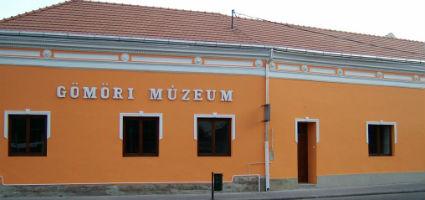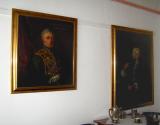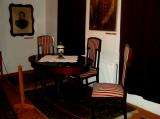2024. November 21. Thursday
Gömör Museum - Putnok
 |
Address: 3630, Putnok Serényi László tér 10
Phone number: (48) 430-292
E-mail: gomorimuz@gmail.com
Opening hours: *Mon-Fri 8.00-16.00, Sat 10.00-14.00
|

